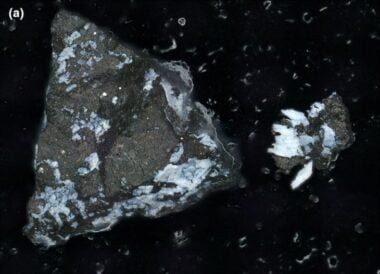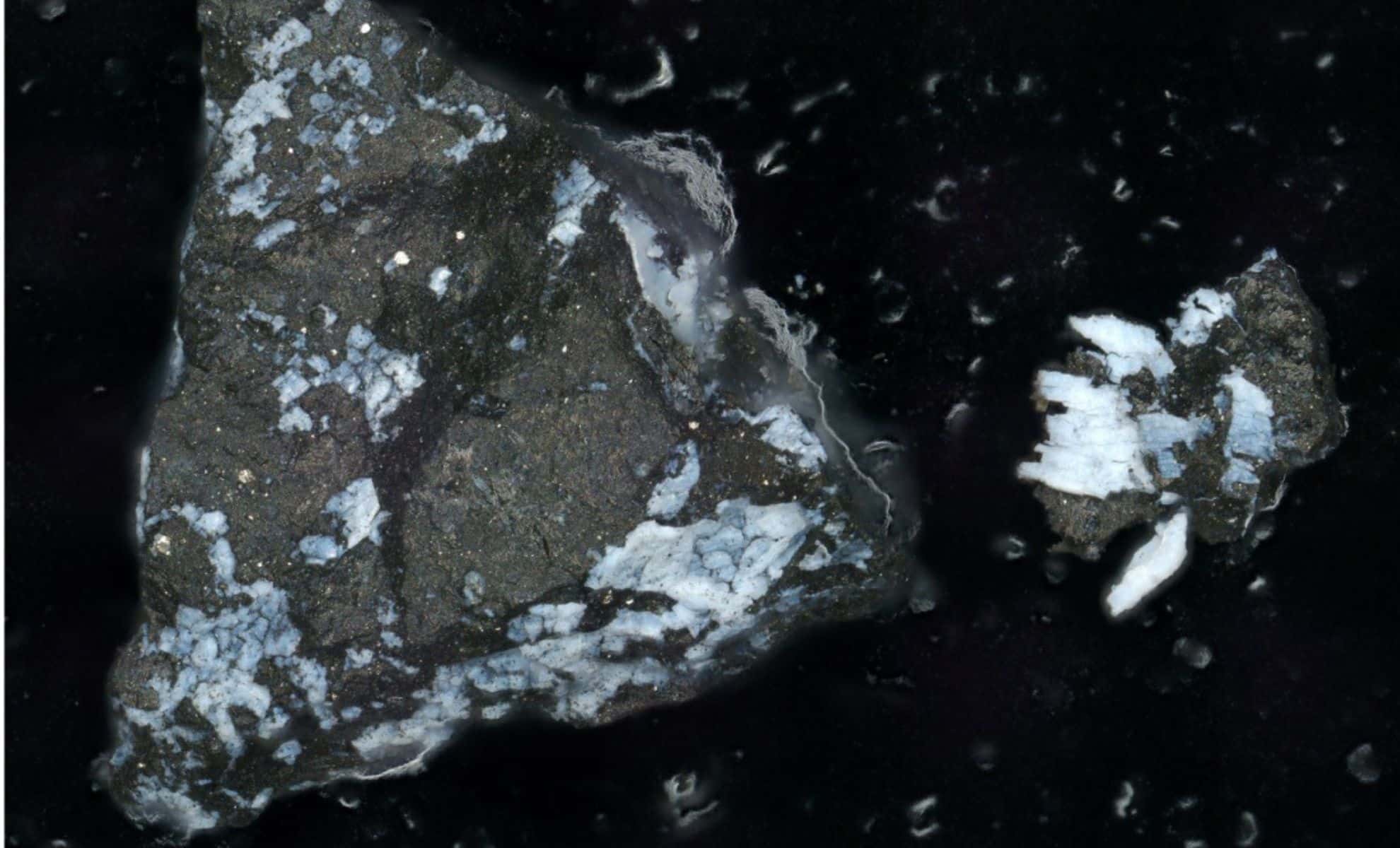Asteroid samples collected from Bennu by NASA’s OSIRIS-REx mission have revealed fascinating details about the early solar system and the history of water in space.
These samples, the largest ever returned to Earth from an asteroid, provide scientists with valuable information about the conditions and processes that prevailed billions of years ago.
The Importance of the Bennu and OSIRIS-REx Missions
Nine months after NASA’s OSIRIS-REx mission returned samples from the asteroid Bennu, scientists are discovering surprising details about the asteroid’s past. Bennu was chosen for the mission because of its proximity to Earth, manageable size and presence of organic molecules.
These properties make Bennu an ideal candidate for studying prehistoric times. materials of the solar system. Returning samples to Earth allows for a more comprehensive analysis than can be done remotely. As noted in Universe Today, “Sending samples back to Earth is the best and most complete way to study asteroids.”
Bennu is a B-type asteroid, rich in carbonaceous materials, which are crucial for understanding the early solar system. These materials are essential for tracing the origin and formation of the solar system. Dante Lauretta, the lead researcher of the OSIRIS-REx missionexplained the meaning: “Bennu could once have been part of a wetter world.”
Analysis of Bennu’s samples
The samples, which weigh approximately 120 grams, were carefully analyzed using several advanced techniques, including plasma mass spectrometry, infrared spectrometry and X-ray computed tomography. The results have a complex composition minerals and organic compoundssome of which were unexpected. The pristine nature of these samples means they have not melted and re-solidified, preserving their original state from billions of years ago.
One of the most intriguing findings is the presence of serpentine and other clay minerals, similar to those found on Earth’s mid-ocean ridges. These minerals suggest that Bennu may have had interactions with water in the past. Dante Lauretta highlighted the unexpected discovery: “The biggest surprise for me is that there are salty crusts covering some of the particles. We’re probably pretty familiar with this in Arizona. If you have hard water and you’re building up white, crusty salts that clog your shower head and your faucets, that’s the same kind of process we’re seeing with these asteroid monsters. You had a salty liquid and it evaporated, leaving behind so-called evaporative minerals.”
Discoveries and implications
The discovery of these minerals implies that Bennu may have experienced this hydrothermal processessimilar to those found on Earth’s ocean floors. This finding is important because it suggests that water, a crucial ingredient for life, may have been more widespread in the early solar system than previously thought. The presence of these clay minerals on Bennu parallels processes observed on Earth, providing a fascinating comparison and deeper understanding of planetary formation and evolution.
Moreover, the presence of water-soluble phosphates in the Bennu sample is particularly noteworthy. These compounds are essential components of biochemistry and are found throughout Earth’s biosphere. Their discovery on Bennu opens new avenues for understanding the distribution of life-sustaining chemicals in the solar system. According to the study published in Meteoritics and Planetary Science, “the presence and status of phosphates, along with other elements and compounds on Bennu, suggest a watery past for the asteroid.”

The research by Dante S. Lauretta and his team has provided a comprehensive view of the sample, which is now available for other researchers to query and study. “It is incredibly exciting to finally have the opportunity to delve into the OSIRIS-REx sample from Bennu after all these years,” Lauretta said in a press release. “This breakthrough not only answers long-standing questions about the early solar system, but also opens new avenues for investigating the formation of Earth as a habitable planet.”

